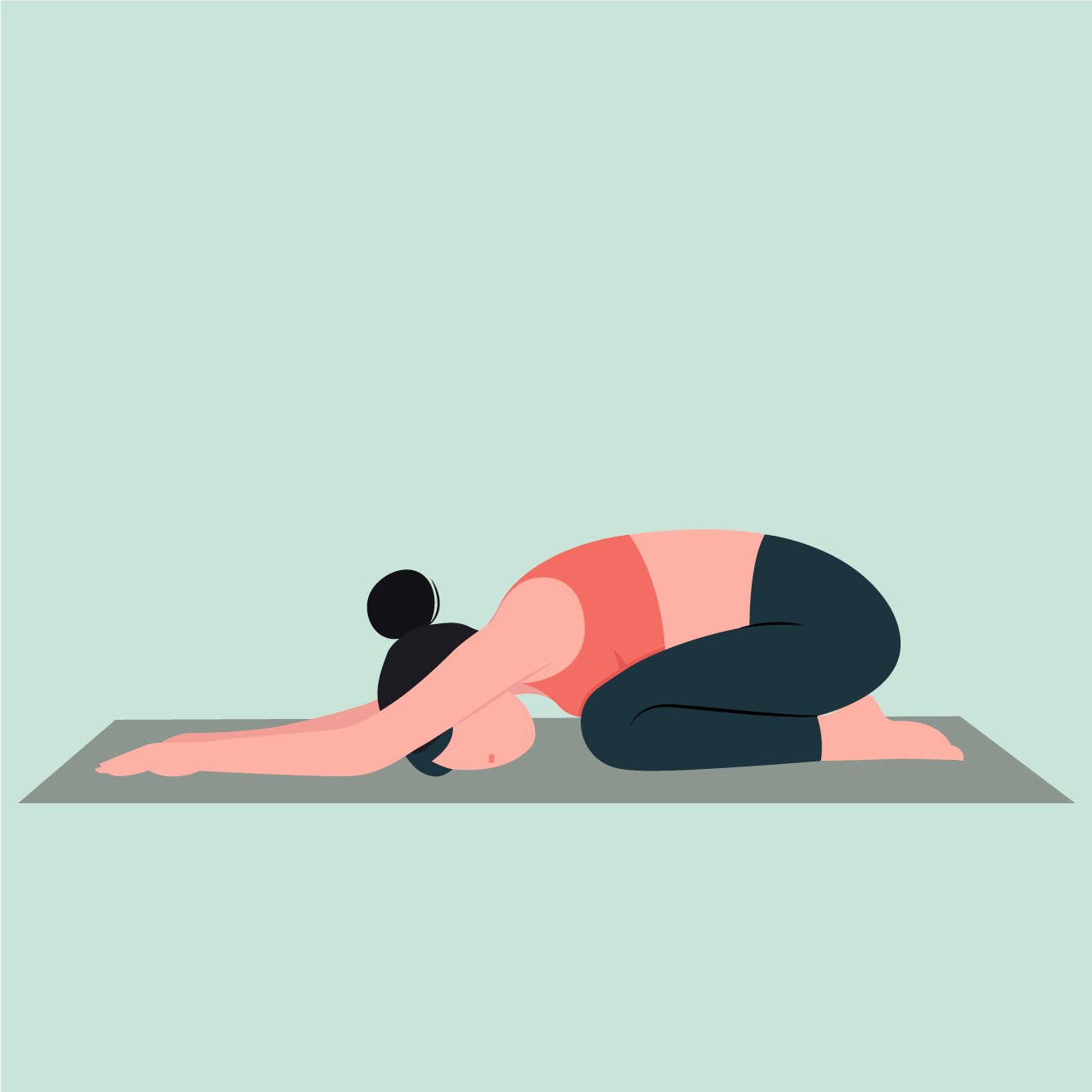The Soleus - A Forgotten Muscle In ACL Rehab
If you’ve torn your ACL, you’ve likely heard about how important the hamstrings are because they serve as active support of the ACL. You’ve also likely heard about how improving trunk and hip stability can decrease stress on the ACL. What you likely haven’t heard is how the Soleus can help to do those things as well. In this blog post, I will discuss what the Soleus is, what role it plays in ACL rehab, and how you can train it.
What is the Soleus?
The Soleus is a flat muscle, located deep in the back of your lower leg. Considered one of your calf muscles, it lies beneath the more commonly known Gastrocnemius and runs from the bones in the back of the lower leg down to the Achilles tendon. The Soleus is mostly made of Type 1 muscle fibers (“slow twitch fibers”), meaning it is more “fatigue resistant” compared to other muscles containing Type 2 fibers (“fast twitch” fibers).
Why is the Soleus Important During ACL Rehab?
Before we understand why the Soleus is important during ACL rehab, we need to understand how muscle actions change during open vs. closed chain activities. During open chain (when the foot is not fixed to the ground), the Soleus will plantarflex the ankle (i.e. pressing on gas pedal motion). However, during closed chain activities (when the foot is fixed to the ground), since the ground doesn’t move, the Soleus pulls the shin bone backwards and decreases tension on the ACL. Remember, the ACL is lengthened and tensioned when the shin bone moves forward relative to the thigh bone. So similar to the hamstrings, training the Soleus during ACL rehab can reduce stress on the ACL and mitigate risk of re-injury.
During closed chain activities, the Soleus will pull the shinbone backwards and decrease stress on the ACL.
How Do You Train the Soleus?
The Soleus is most active when the knee is bent. Incorporating Soleus training into your ACL rehab is actually quite simple. Here are some easy, very effective ways to train your Soleus.
1) Seated Soleus Raise
Start seated in a chair with your foot flat on the floor and place a weight (dumbbell, kettlebell, etc) of appropriate weight on top of your knee. Press down through your big toe knuckle and elevate your heel off of the ground. Lower your heel back down and repeat for appropriate number of repetitions. As you get more proficient, you can increase the range of motion by placing your foot on top of a 2-3 inch block with your mid-foot and heel hanging off of the edge.
2) Standing Heel Raise with Knees Bent
Stand facing a wall with your knees bent. Keeping your knees bent, press down through big toe knuckles and elevate your heels off of the ground. Lower your heels back down and repeat for the appropriate number of repetitions. As you get more proficient, you can progress by changing this to a single leg heel raise.
In closing, the Soleus plays a vital role in decreasing stress on your ACL and reducing risk of re-injury. Make it a point to incorporate training it in your ACL rehab so you can return to sport safely and get back to living life pain free.
Other Posts You Might Like
















